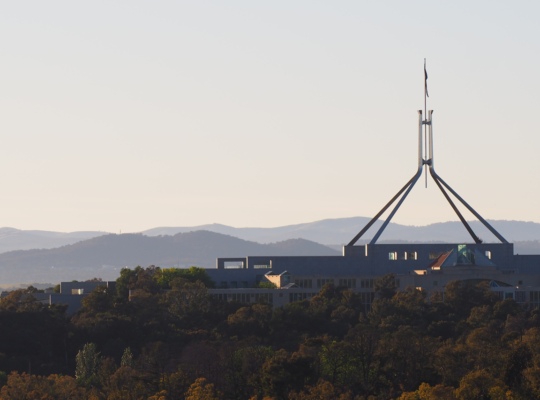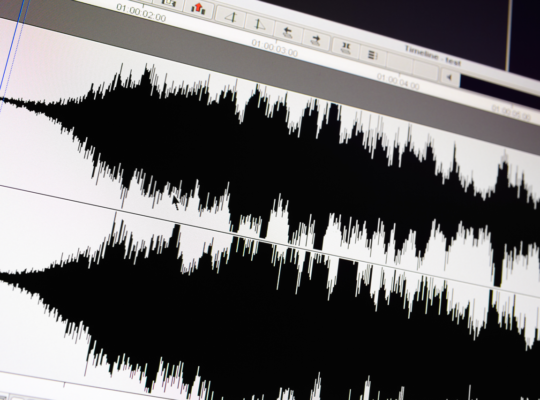When attempting to record an EVP there are a few steps you need to take before you hit the record button. Depending on the time and place of the intended recording some of the following steps may not be practical or applicable, however we include them as they can be used to increase the validity of your recordings by removing common mistakes or explanations for some of the activity you record.
Before you consider conducting your own EVP session you need to make sure you are in the right frame of mind. Are you prepared to hear those voices on the recording when you review them? Are you prepared for there to be no activity to be recorded? Some beginning investigators are not prepared for what they uncover, recording your first EVP is for some a very frightening experience, especially as a lot of beginners attempt their first few EVP sessions in their very own house. If you are not mentally prepared for what you may experience then you should not attempt an EVP as this can shake your foundation of beliefs, or at very least scare the crap out of you.
That being said, there should be nothing dangerous about recording EVP, as long as your surroundings are safe then you have nothing to fear from the spirits. It is best to conduct your EVP with at least one other person if you are investigating outside your own home, and have notified someone external to your investigation party of where you will be going and how long you expect to be gone. This is for safety against the living rather than the deceased.
To conduct your own EVP here is some general guidelines for your information.
1
Place your recorder on a chair or table in the centre of the room in which you are conducting your EVP session. By doing this you are free to move around to ask questions but you remove or at least diminish the effect of rustling clothes and breathing that can be picked up by more sensitive equipment.
2
When you hear a noise such as a passing car, animal sounds, or people talking outside make an audible note on your recording, just simply state the noise you just heard and what it was. This means you will be able to dismiss these noises later on in your analysis as they may, if left uncommented, appear to be some form of contact.
3
If your recorder has a voice activate system (VAS) them make sure it is turned off. These systems usually take a small amount of time to react to noise or voice and as many EVP’s are extremely short you may miss the activity completely or at least cut off the first portion of it.
4
When you are ready to start recording, you are aware of your surroundings and any possible contamination sources then press record to start your EVP session. Some investigators like to leave about 5-10 seconds of blank space between turning on the recorder and the start of their session as they believe some spirits will try and contact immediately upon the recorder being activated.
5
It is a good idea to state a prepared statement at the start of your session, this will help identify to recording when you analyse it later, some investigators also believe that introducing yourself and your purpose will inform the spirits that your intentions are not hostile and that you in fact would like to help them. Your introducing statement could be as simple as “This is John Smith, conducting an EVP session at Location A, the date is 12/12/08 at 6:35pm”.
6
Try and keep your questions to yes and no answer questions to start with. It is believed that unprepared or lower activity spirits cannot produce much more than a yes or no response. Also allow a space of about 10 seconds between questions, this should give ample time to receive any responses. If you are in a location, you have previously recorded EVP or in a location that is reportedly very active you can try and ask longer questions such as “How did you die?” or “Why are you still staying in this place?”
7
As with starting your EVP session you should end your session in a similar manner. State that your EVP session is over, you do not need to state the location, time or date as you already have that at the start of your recording. Again, you may want to leave about 10 seconds or so blank space after you state the end of your session to allow for any final spirit comments to be recorded. Thanking the spirits for their efforts is a nice touch, depending on your views or beliefs this step is not necessary but if you believe in ghost or an afterlife then imagine how you would feel if someone interviewed you and just walked away straight after without thanking you.









